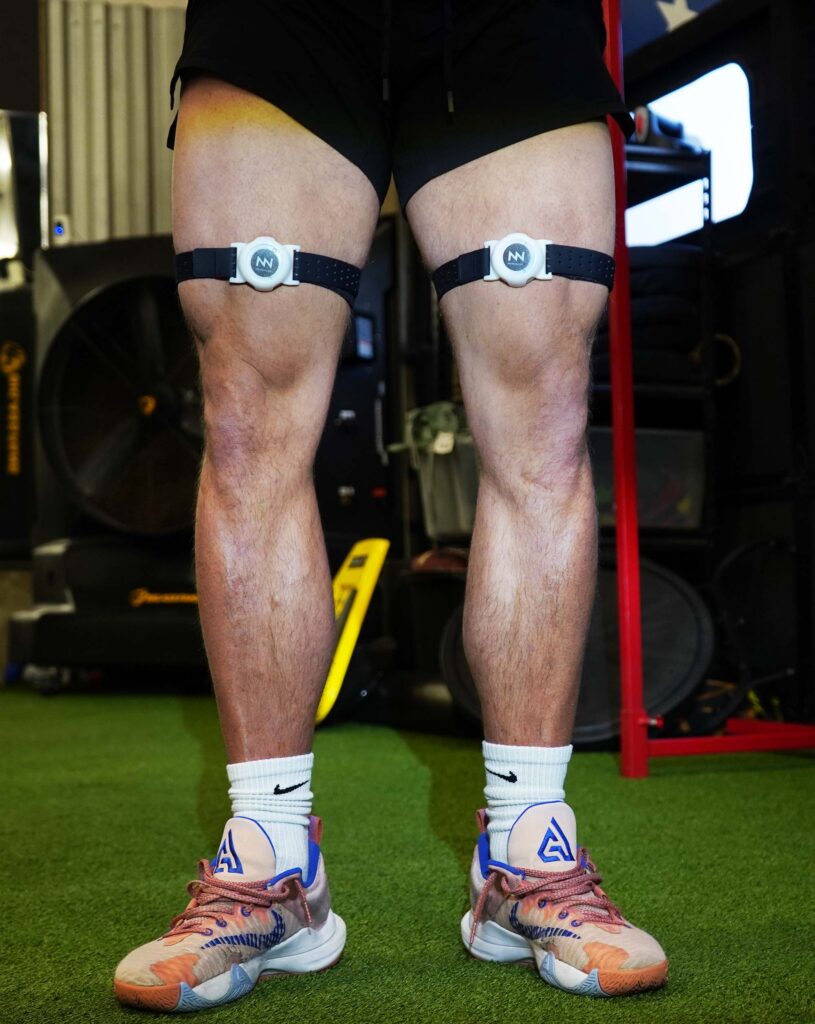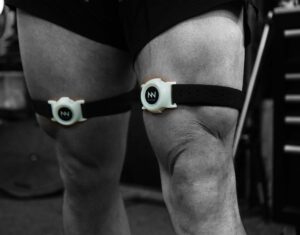
A high vertical jump requires more than strength; it demands perfect coordination and muscle activation. Here’s how EMG technology unlocks the science behind the jump.
The Biomechanics of a Vertical Jump
The vertical jump involves three critical phases:
1. Eccentric Phase: Muscles stretch as you lower into a squat position.
2. Concentric Phase: Muscles contract to propel you upward.
3. Landing Phase: Muscles absorb impact to protect joints and maintain balance.
Each phase requires specific muscle groups to fire in sequence. Improper activation can reduce jump height and increase injury risk.
How EMG Optimizes Muscle Activation
NeuroBounce’s wireless EMG technology identifies which muscles are underperforming and helps athletes fine-tune their technique. For instance:
Weak glute activation? Add resistance band squats to your routine.
Poor calf engagement? Focus on single-leg calf raises or plyometric drills.
Data-Driven Training
With NeuroBounce, athletes receive real-time feedback on their muscle performance, allowing them to adapt their workouts dynamically. This precision leads to more efficient training and quicker results.




